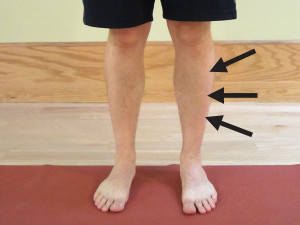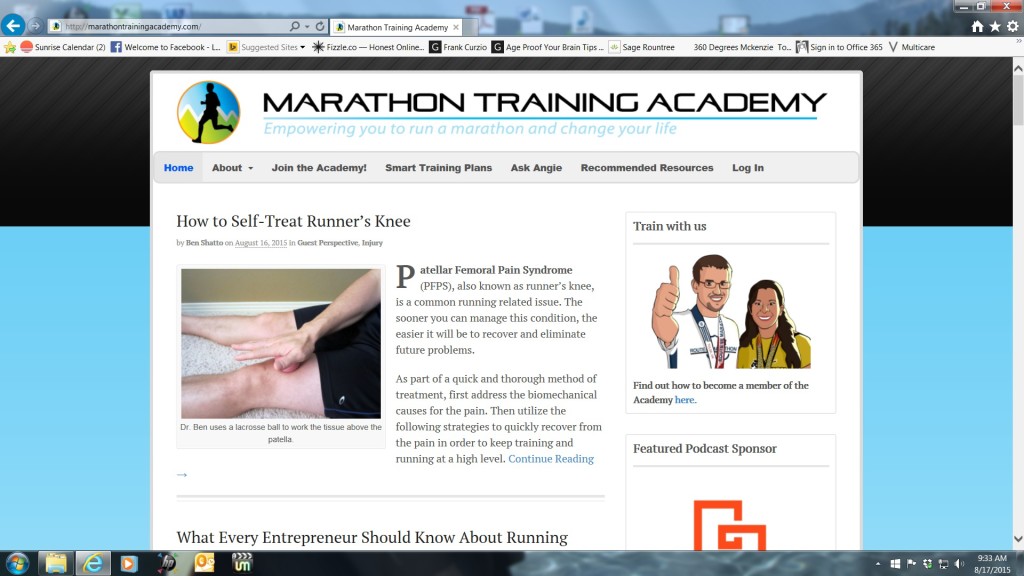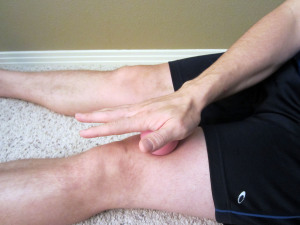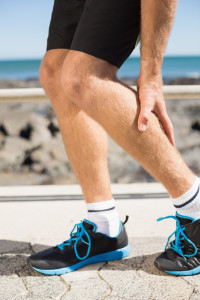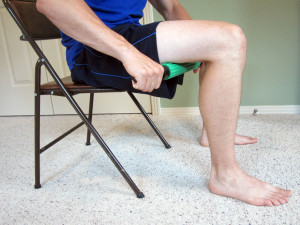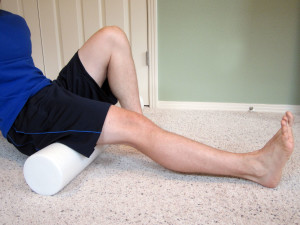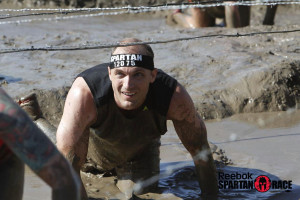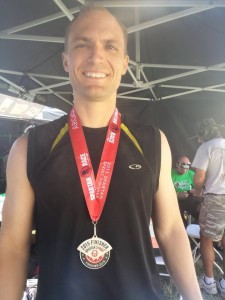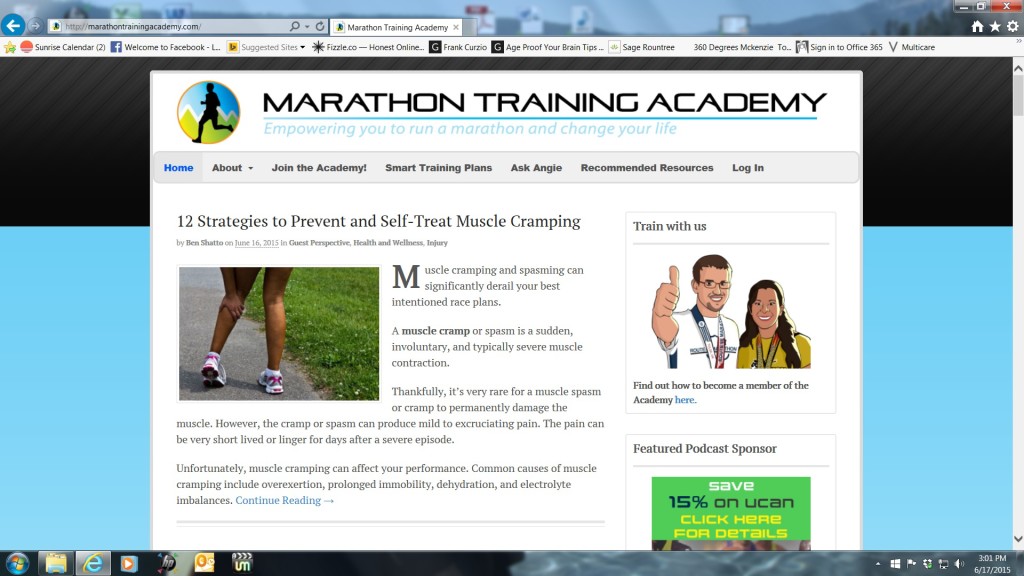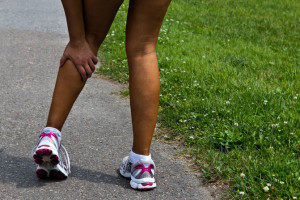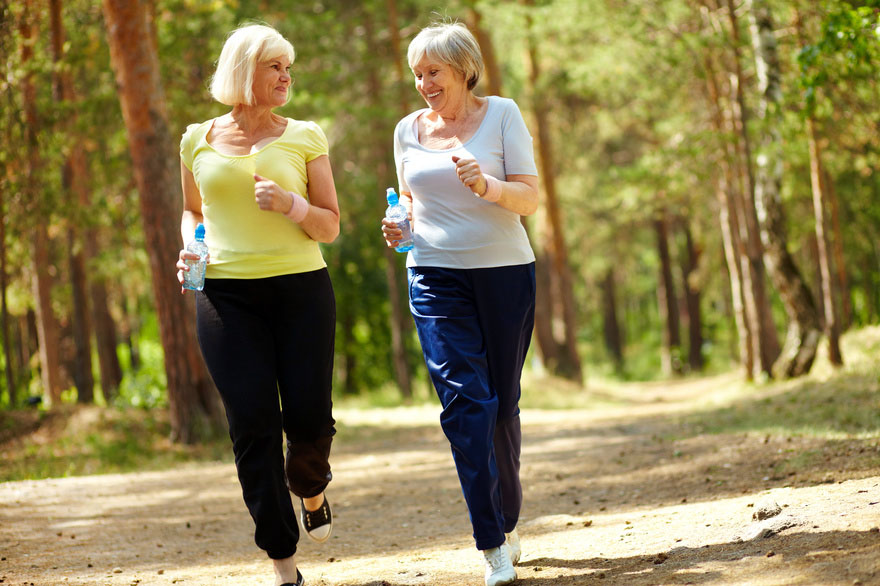Approximately 735,000 Americans have a heart attack every year. Heart disease is the #1 killer in western countries, including the United States, with over 17 million people dying every year due to heart disease worldwide. Most heart attacks are preventable and most risk factors for cardiovascular disease are preventable. Learn how to recognize the possible signs of a heart attack and how to avoid one with the following 7 tips.

The cardiovascular system consists of the heart and blood vessels. It is responsible for carrying nutrients and oxygen to the tissues and removing carbon dioxide and other waste out of the cells and tissues. Diseases of the cardiovascular system include the following (this is only a partial list):
- Heart attack
- Stroke – cerebral vascular accident (CVA)
- Arteriosclerosis – hardening of the arteries
- Coronary artery disease (CAD) – also known as heart disease
- Heart valve diseases/disorders
- Heart (cardiac) arrhythmias – abnormal rhythms of your heart rate or beat
- Heart failure – also known as congestive heart failure (CHF)
- Hypertension – high blood pressure
- Peripheral vascular system (PVD) or peripheral artery disease (PAD)
Heart attacks are often associated with men, but cardiovascular disease is actually the leading cause of death in both genders. One out of every two men and one out of every three women will develop heart disease.
Although more men die of heart disease than women, females tend to be underdiagnosed. Once the condition is discovered, it’s often too late to intervene. Nearly 29% of female related death is cardiovascular in nature.
Possible Signs of a Heart Attack:
- Pain in the left shoulder, pain in the jaw, neck or upper back
- Dizziness, lightheadedness or fainting spells
- Shortness of breath
- Pressure or pain in the chest, typically the left side
- Nausea and vomiting
- Sudden sweating
- Extreme fatigue
Symptoms of a heart attack can be very different among individuals and are typically more subtle in women. If you have any concerns, please seek medical advice immediately. Most importantly, be proactive! The best time to start is prior to an issue occurring.
7 Tips on How to Avoid a Heart Attack:
1. Manage Your Diabetes
If you are diabetic, you are at an increased risk of heart attack and cardiovascular disease. Newer research indicates that sugar and insulin resistance is more of a significant risk factor for cardiovascular disease than excessive saturated fat intake and/or salt. Reduce your carbohydrate (sugar) intake and manage your diabetes. The best and most effective method is through a proper diet and exercise program. For specific strategies on how to improve your health, please refer to 15 Strategies to Make 2015 Your Healthiest Year.
2. Stop Smoking
Smoking is highly correlated to cardiovascular disease. If you smoke, please make every effort to cut back and then quit. Nearly 20% of all deaths from heart disease are directly related to cigarette smoking.
3. Manage Your High Blood Pressure
High blood pressure makes the heart and cardiovascular system work harder. Over time, this excessive pressure can lead to an enlarged heart (cardiomegaly) as well as damage to the blood vessels in the kidneys and brain. It increases the risk of a heart attack, stroke, and kidney disease. High blood pressure also increases your risk of developing dementia or Alzheimer’s disease.
Acupuncture is proven to be helpful in lowering blood pressure. By applying acupuncture needles at specific sites along the wrist, the forearm or leg, it stimulates the release of opioids, which decreases the heart’s activity and thus, its need for oxygen. In turn, this will lower your blood pressure.
Blood pressure can typically be managed through a healthy diet and regular exercise. For tips on how to get started, please refer to How to Jumpstart a Sedentary Lifestyle and 15 Strategies to Make 2015 Your Healthiest Year.
4. Maintain a Healthy Weight
Obesity is associated with diabetes, high blood pressure, and coronary artery disease. These all increase your risk of developing heart disease. Studies have shown that excess body weight (not including all of the other associated medical conditions) can also lead to heart failure. Even if you are healthy otherwise, being overweight still places you at a greater risk of developing cardiovascular related diseases.
5. Reduce Your Stress
Stress is a normal part of life. Poorly managed stress or excessive stress can lead to emotional, psychological, and physical problems, such as cardiovascular disease and high blood pressure. Regular exercise, massage, yoga, acupuncture, and Tai Chi have all been proven to reduce stress.
6. Improve Your Sleep Quality
Poor sleep is linked to most of the cardiovascular risk factors including: high blood pressure; atherosclerosis; heart failure; heart attacks; stroke; diabetes; and obesity.
Be sure to get as much sleep as you need (typically 7-9 hours at night). Short naps are also an excellent way to get more sleep. I recommend that you read Michael Hyatt’s 6 Strategies to Sleep Soundly, Wake Rested, and Accomplish More.
Acupuncture is also a proven method to help people sleep better and more soundly. It can be used to treat insomnia as well.
7. Sit Less
Sitting for more than two hours at a time is linked to an increased risk of dying from cardiovascular related deaths. Walking daily can reduce stress, improve circulation and hormone regulation as well as benefit your overall well-being. To find out more about starting a walking program, please refer to Why Walking is Critical for Your Health.
Implement these 7 tips to increase your health, avoid cardiovascular related illness, and help you to ultimately age successfully. Proper cardiovascular health will help you to avoid heart attacks and strokes. It will also help you to reduce your risk of other serious medical conditions, such as cancer and dementia.
What steps are you taking to avoid cardiovascular disease and to live healthfully? Please leave your comments below.
If you have a question that you would like featured in an upcoming blog post, please comment below or submit your question to contact@thePhysicalTherapyAdvisor.com. Be sure to join our growing community on Facebook by liking The Physical Therapy Advisor!
Disclaimer: The Physical Therapy Advisor blog is for general informational purposes only and does not constitute the practice of medicine or other professional health care services, including the giving of medical advice. No health care provider/patient relationship is formed. The use of information on this blog or materials linked from this blog is at your own risk. The content of this blog is not intended to be a substitute for professional medical advice, diagnosis, or treatment. Do not disregard, or delay in obtaining, medical advice for any medical condition you may have. Please seek the assistance of your health care professionals for any such conditions.
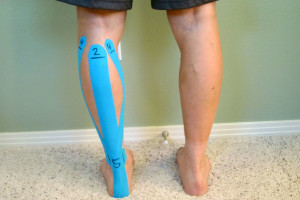 In this particular episode, I mention several rehabilitation strategies, including utilizing mobility bands and Kinesiological tape.
In this particular episode, I mention several rehabilitation strategies, including utilizing mobility bands and Kinesiological tape.


